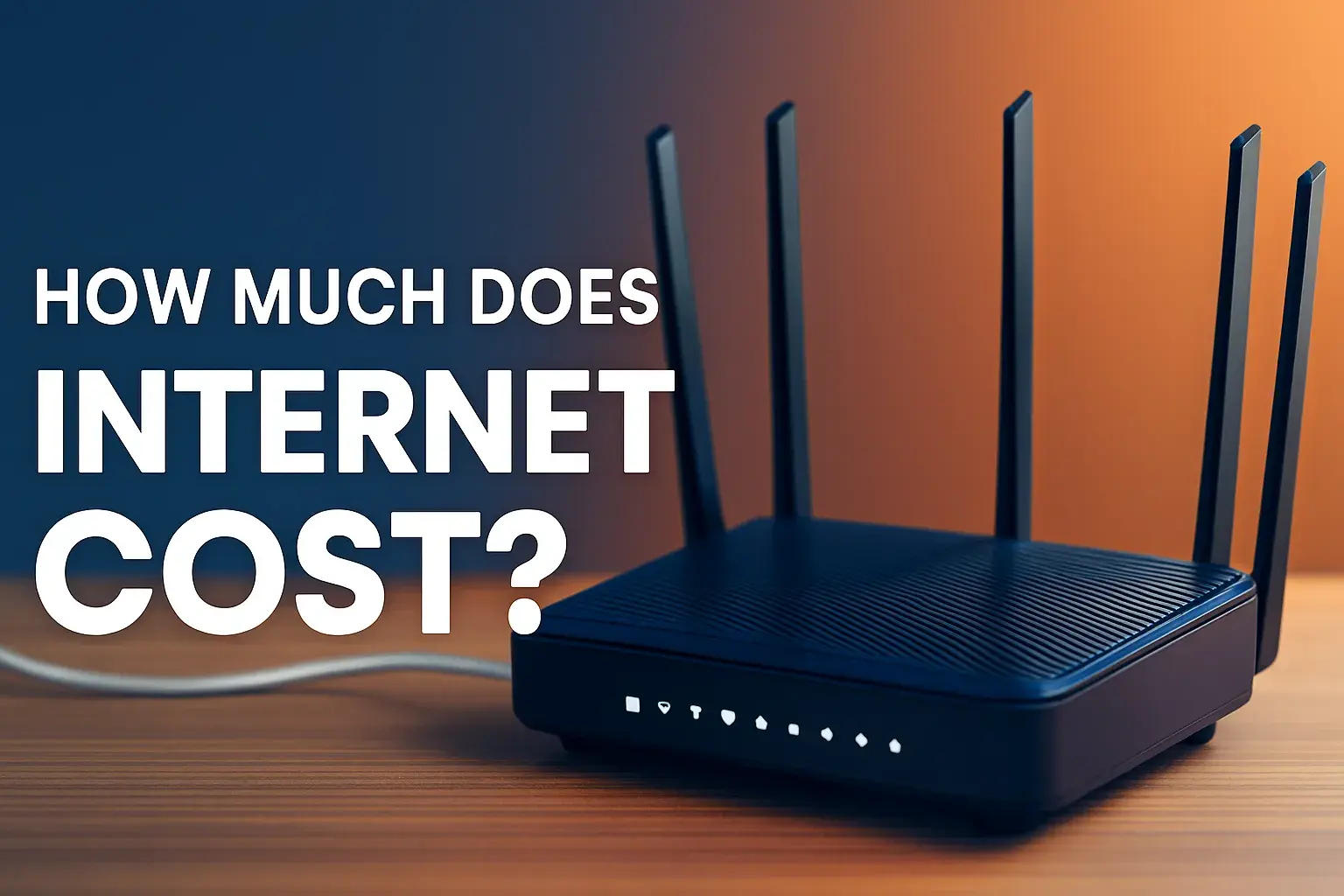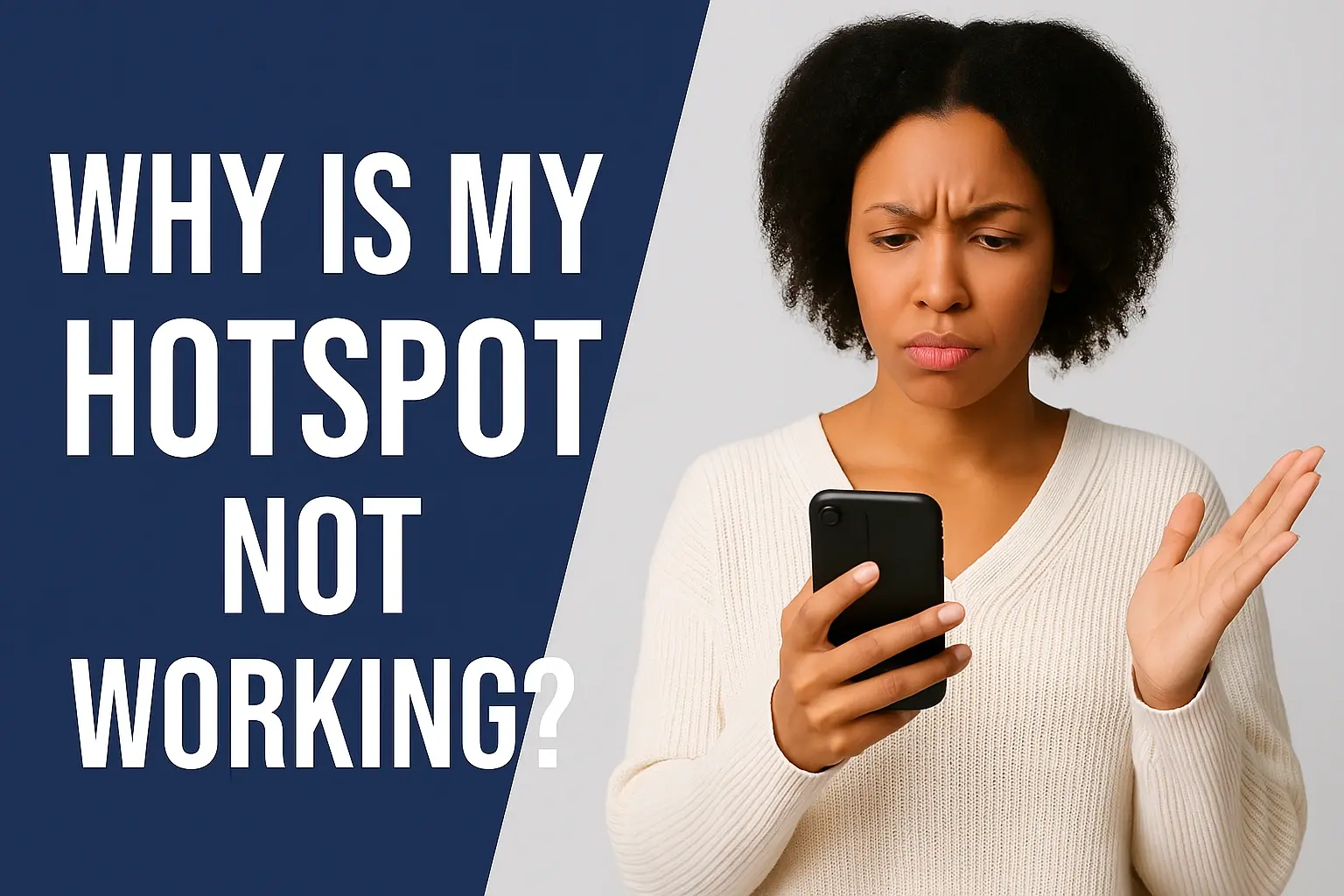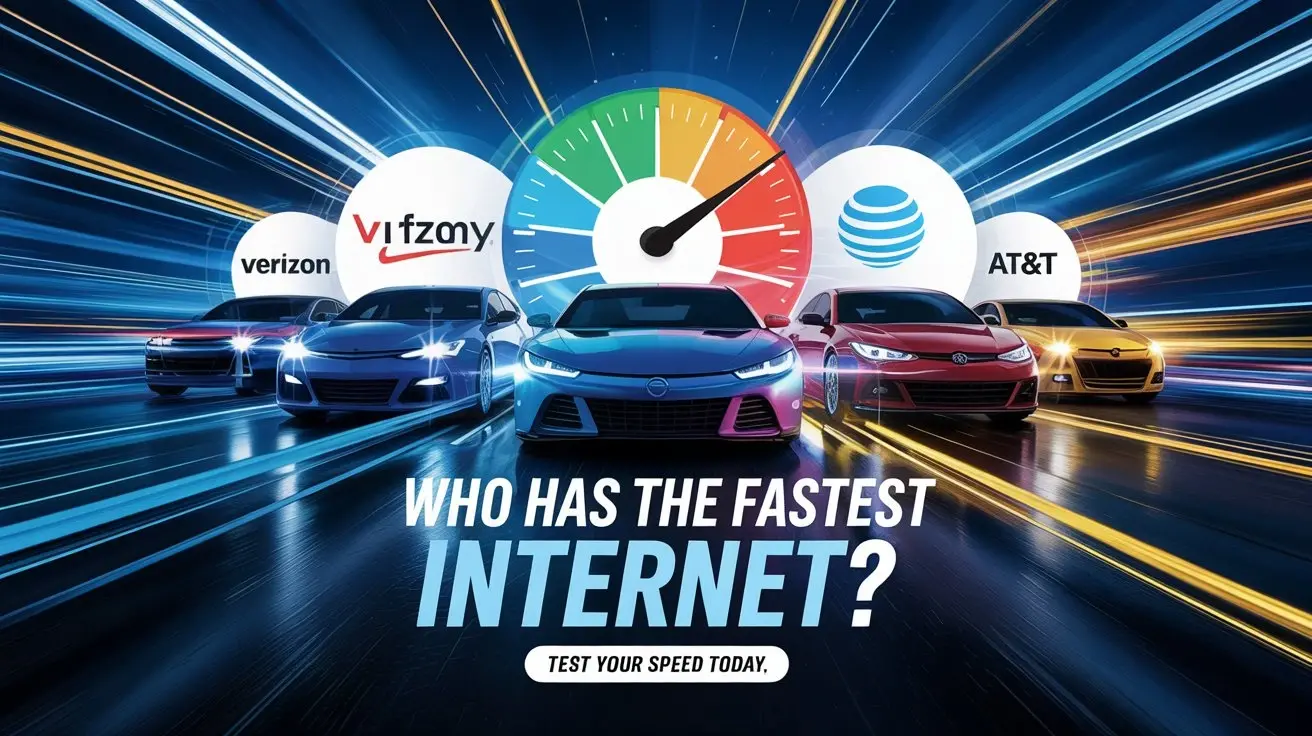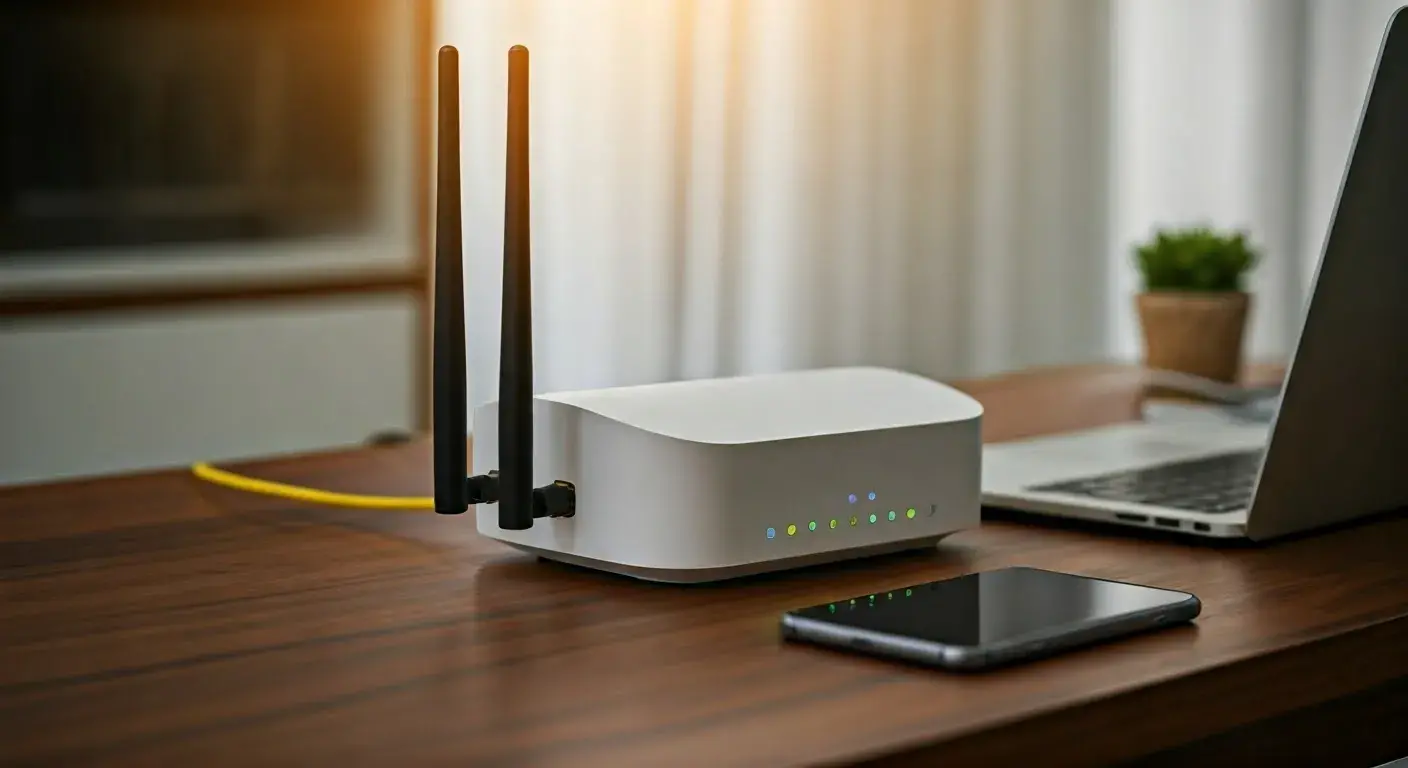Tips to choose low cost internet for low income
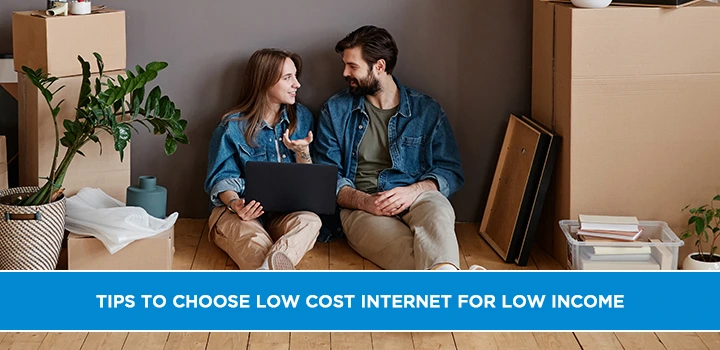
The cost of internet service is a huge barrier for those who cannot afford it. There are many ways to get around this hurdle, but the most popular one is using a low-cost internet for low income.
The key to finding a low-cost internet service is knowing what you need and how much you can spend on it.
Here are some tips to help you choose the right option:
-Compare prices for different providers in your area
-Check the speed and quality of the connection offered by each provider
-Look at what other people in your area have to say about their experience with different internet service providers
Where to start with low-income internet
Searching for an affordable way to get online? There are now multiple offers available - take your pick from the range of options provided. Swing by the links below or stay and read through this article for more information!
Take advantage of the Affordable Connectivity Program, and get up to $30 each month off your internet service bill. This can be even higher for some households on tribal lands, with savings reaching as much as$75! Depending on which US state you live in, already low-priced plans start at just under $20 – meaning this program could cover all costs and make getting connected free.
Best Internet options available near you
Dial-Up
Dial-up internet is a type of broadband access that requires users to establish a connection with an online service provider by dialing and connecting through a telephone line. Dial-up is still used in some parts of the world where there are not enough fiber optic cables or DSL connections, or where there are not enough phone lines to support DSL or fiber optic cable connections, but more often than not it has been replaced with faster forms of broadband such as ADSL and cable Internet access.
DSL
DSL Internet is a technology that allows users to share their bandwidth with other users in their homes or offices. DSL technology is mainly used for internet access.
DSL is an acronym for Digital Subscriber Line. DSL uses a single wire line to transmit voice, data, and video signals over the same cable. DSL can be used with telephone service and can also be combined with other technologies such as cable modems and wireless routers.
Cable
Cable Internet is not just limited to homes but is also available in public places such as restaurants, libraries, and airports. This allows users to enjoy their favorite shows while they are on the go. Cable Internet has become more popular because of its speed and convenience. According to a study by Cablevision, cable providers in North America have seen an increase of more than 50% in their network subscribers since 2007.
Free Internet Options
City-wide Access Points
City-wide Access Points are a new form of public infrastructure that is designed to provide fast, reliable internet access to the public.
The City-wide Access Points system will have several benefits. It will provide free and high-speed connectivity in all areas of the city, with no need for network wiring or cabling. It will also reduce the number of locations where internet users have to go searching for open Wi-Fi hotspots.
City-wide Access Points are also expected to be more cost-effective than traditional alternatives such as WiMAX networks, which are already expensive and slow in comparison.
City-wide Access Points are an innovative way for cities to provide high-speed internet access across their city limits without having to install expensive infrastructures such as cables or fiber lines.
Public Hotspots
Public hotspots are areas where people congregate. These are usually places that have a lot of foot traffic and are popular for certain reasons.
Public hotspots can be found everywhere, from malls to parks to stadiums. They can also be found in the workplace, like when employees gather in a break room or conference room for lunch.
Public hotspots play an important role in places where people live and work. They provide opportunities for social interaction, knowledge sharing, and learning from one another.
Where to Find Assistance
Affordable Connectivity Program
The Affordable Connectivity Program is a program that provides low-cost and high-quality internet access to people who are not connected. It is an initiative of the United Nations Development Programme (UNDP) that aims to help those who don't have access to the internet.
The program will provide limited internet connectivity in rural areas and remote locations, which will allow people to connect with their loved ones and make use of online tools such as e-commerce, education, healthcare, etc.
This program is one of UNDP’s many initiatives that provide global connectivity for everyone regardless of their location. The program will also help countries in Africa by providing them with more opportunities for international trade and development.
Lifeline
Lifeline Internet is a nonprofit organization that helps people in developing countries get access to the Internet. They provide affordable internet services and digital content to people who would otherwise not have access. Lifeline has a mission of creating a more connected world by providing affordable access to the internet for those who would otherwise not have it.
Conclusion
Having a low or fixed income doesn't mean you should have to skimp on necessities like internet access. There are many options available to low-income and fixed-income households so you won't have to choose between the two. Connecting your home and family shouldn't be a problem with government programs and company discounts.
Call (855) 210-8883 for low-cost internet for low-income.
